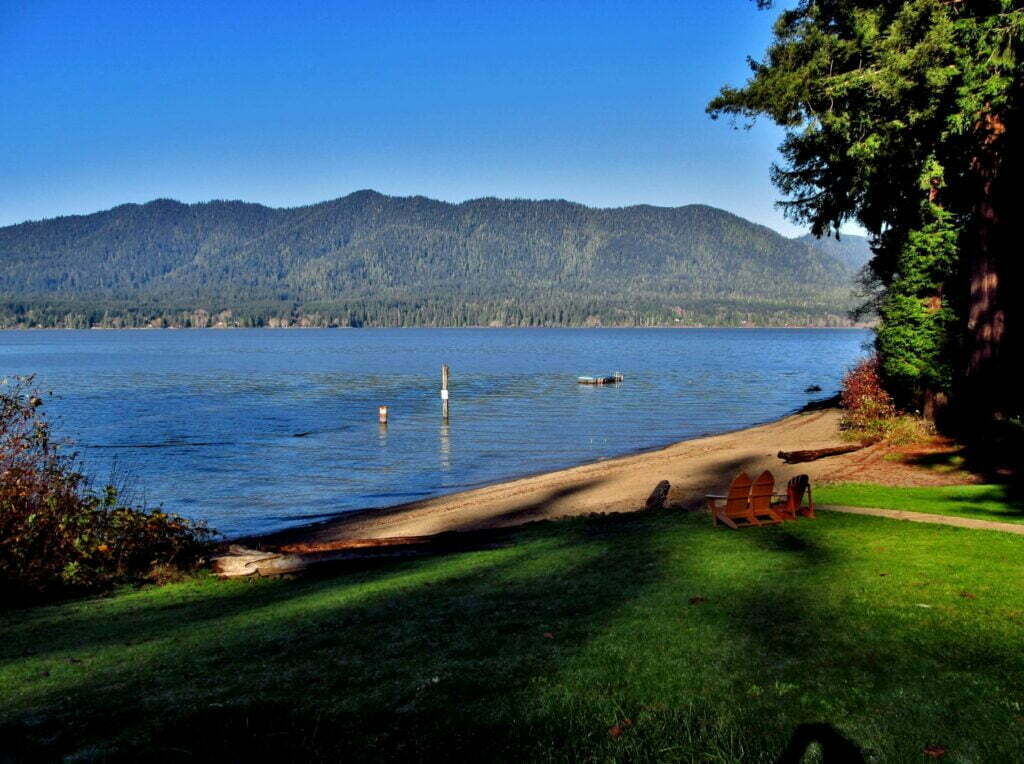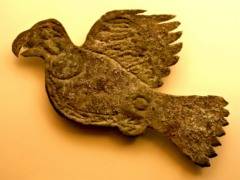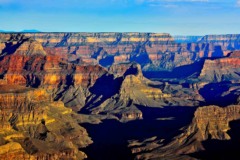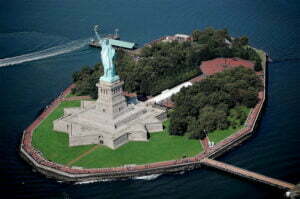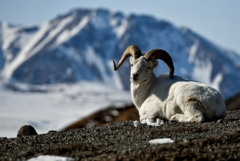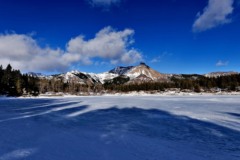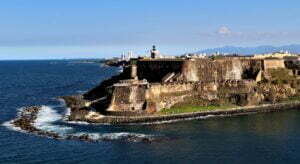Olympic National Park is a large, ecologically varied territory in northwestern Washington, USA that encompasses much of the Olympic Peninsula. The Olympic Mountains, as well as their magnificent woods and fauna, are preserved in this national park, which was established as a national monument in 1909 and designated a national park in 1938.
Olympic National Park Washington
In 1981, the Olympic Park was listed as a UNESCO World Heritage Site. In 1988, the park was declared a wilderness area in its entirety. It spans 1,442 square miles (3,735 square kilometers), with the Olympic National Forest around most of it.
Despite the fact that European explorers reached the peninsula in the late 18th century, the first journey into the hilly interior did not take place until 1885. The park’s headquarters are in Port Angeles, on the peninsula’s north shore.
National park Washington
The park is divided into two sections: the major region in the mountains and a narrow stretch of Pacific coastline that stretches for more than 60 miles (95 kilometers) down the peninsula’s west coast.
Mount Olympus (7,965 feet, or 2,428 meters), the highest peak, has active glaciers, as well as other hills. There are approximately 250 glaciers in the park, the majority of which are small and isolated. Three Indian reservations (of the Makah, Quileute, and Hoh tribes) are located within the ocean shore region, which includes magnificent beaches, islets, and points.
The western slopes of the mountains receive a lot of rain and support a vintage (virgin) temperate rainforest (especially the part around the Hoh River), which is the largest of its kind in the Western Hemisphere, with giant conifers like Sitka spruce and western hemlock.
Mosses, lichens, and ferns litter the forest floor, while a variety of epiphytes cling to the trees. In the rainforest, large yellow Pacific banana slugs (Ariolimax columbianus) of 6 to 8 inches (15 to 20 cm) in length are common.
With less precipitation, the eastern slopes of the mountain massif are not as densely forested as the west and feature lakes and meadows. Firs are the predominant tree species, and the subalpine meadows are carpeted in colorful wildflowers in the summer, including the endemic Piper’s bellflower and Flett’s violet.
Olympic national forest
Olympic National Park’s wildlife includes deer, black bears, cougars, the uncommon Roosevelt elk, and indigenous species like the Olympic marmot, Olympic yellow-pine chipmunk, and Olympic torrent salamander, which can all be found in Olympic National Park’s wildlife.
Rivers are where salmon and trout spawn. Mountain goats, which were first introduced in tiny numbers in the 1920s, grew to a population of over 1,000 in just a few decades; they became increasingly destructive of local vegetation, and measures to reduce their population began in the 1980s (it was down to a few hundred by the early 21st century). Whale pods can be spotted travelling north in the early spring and south in the fall off the coast.
Olympic national park hiking
Short roads leading to trail heads around the park’s perimeter, from which hiking trails extend into the interior, are the park’s main mode of transportation. There are about 600 miles (1,000 km) of hiking routes in the park, as well as various picturesque roads.
Exhibits on the natural history of the peninsula may be found in three visitor centres: the main one at the park headquarters, as well as others in the Hoh Rainforest and on Hurricane Ridge in the park’s northern section.
The Hurricane Ridge site lies at the end of a magnificent trip across the northern Olympic Mountains from Port Angeles. Two lodges are also maintained by the park, one on Crescent Lake in the northwestern part of the park and the other at Kalaloch, near the coastal unit’s south end.


